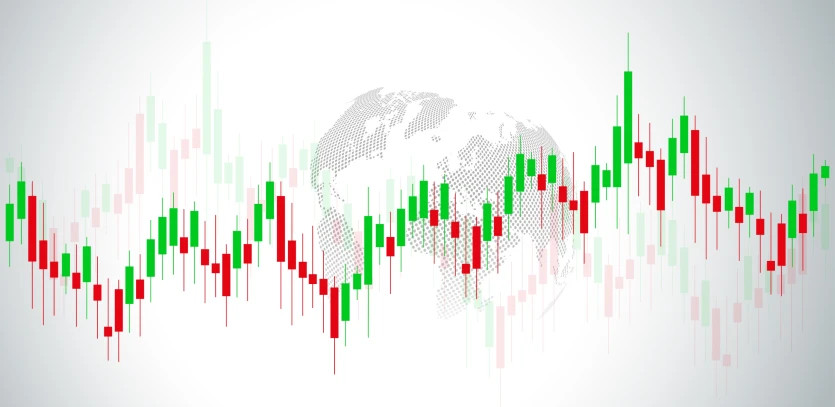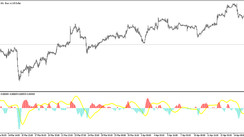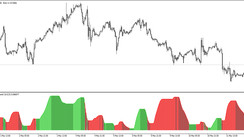Ever heard the expression “getting ahead of the curve?” In trading, this cliche perfectly reflects what every trader wishes they could consistently do.
In addition to fundamental analysis, you might turn to charts to forecast price moves. A big part of using charts to make sense of the markets are indicators, but are they really any good?
Many traders turn to the Stochastic indicator to check overbought or oversold levels, so just what insights does Stochastic analysis really offer, and how can you use these insights to determine when to open a position?
Here’s an overview of this popular indicator, why you might be struggling to use it, and some top tips that will help you avoid misinterpreting market moves.
The terms overbought and oversold describe a period where there has been significant movement in price without much pullback or reversion. Simply put, a rise or fall that doesn’t deviate far from the trend line.
What goes up...! You know the saying. Price trends can’t last forever. They eventually reverse, and trading close to that point of reversal is one way you can maximize your profits.
In traditional technical analysis, traders expect overbought or oversold currency pairs to reverse, but that’s not always the case and it can be quite an expensive realization.
To constantly set your trades based on the Stochastic indicator will yield mixed and likely disappointing results.
How to read the Stochastic
If you’ve already signed up with Exness, then you have access to a trading platform and a risk-free demo account. This is the perfect way to get familiar with any of the free and paid indicators available.
Open up your platform and go to the Navigator pane on the left. Scroll down and then drag the Stochastic folder to the chart. A section will appear below the price chart with two lines tracing along, above, and below a central range.
The concept is fairly simple. The lower horizontal line represents a value of 20. The upper horizontal line is 80. Whenever the tracing line breaches 80, it indicates a possible overbought status, and traders expect a price correction.
Likewise, if the lines cross below the 20-mark, it signals a possible oversold status, and a reversal might be imminent.
Remember though, indicators are not fortune-tellers, and the Stochastic indicator should not act as a stand-alone forecasting strategy. Indicators are best used to confirm theories, not to create them.
Having said that, Stochastic is one of the best indicators a trader can use, but you might consider adding a little common sense to the mix.
Top trading tips for advanced traders
Stochastic’s default %K period and slowing is set at 5,3,3, but cautious traders usually use higher numbers. On the top menu, go to Insert > Indicators > Oscillators > Stochastic Oscillator and set to 15,5,5. You can run both settings at the same time to see the differences. Certain settings may work better for certain pairs, so play around with the levels before committing to one.
Test Stochastic on your Exness trading platform
About Exness
Exness is a world-leading, regulated multi-asset broker that offers traders some of the best conditions in the financial markets, in a transparent and secure environment. With a strong presence in the market since 2008, Exness is known for delivering a reliable, trustworthy and customer-focused trading experience.
Its mission is to provide innovative, personalised and localised products and services that cater to investors and traders of all levels and backgrounds. Test Exness trading terms and feel the difference!





